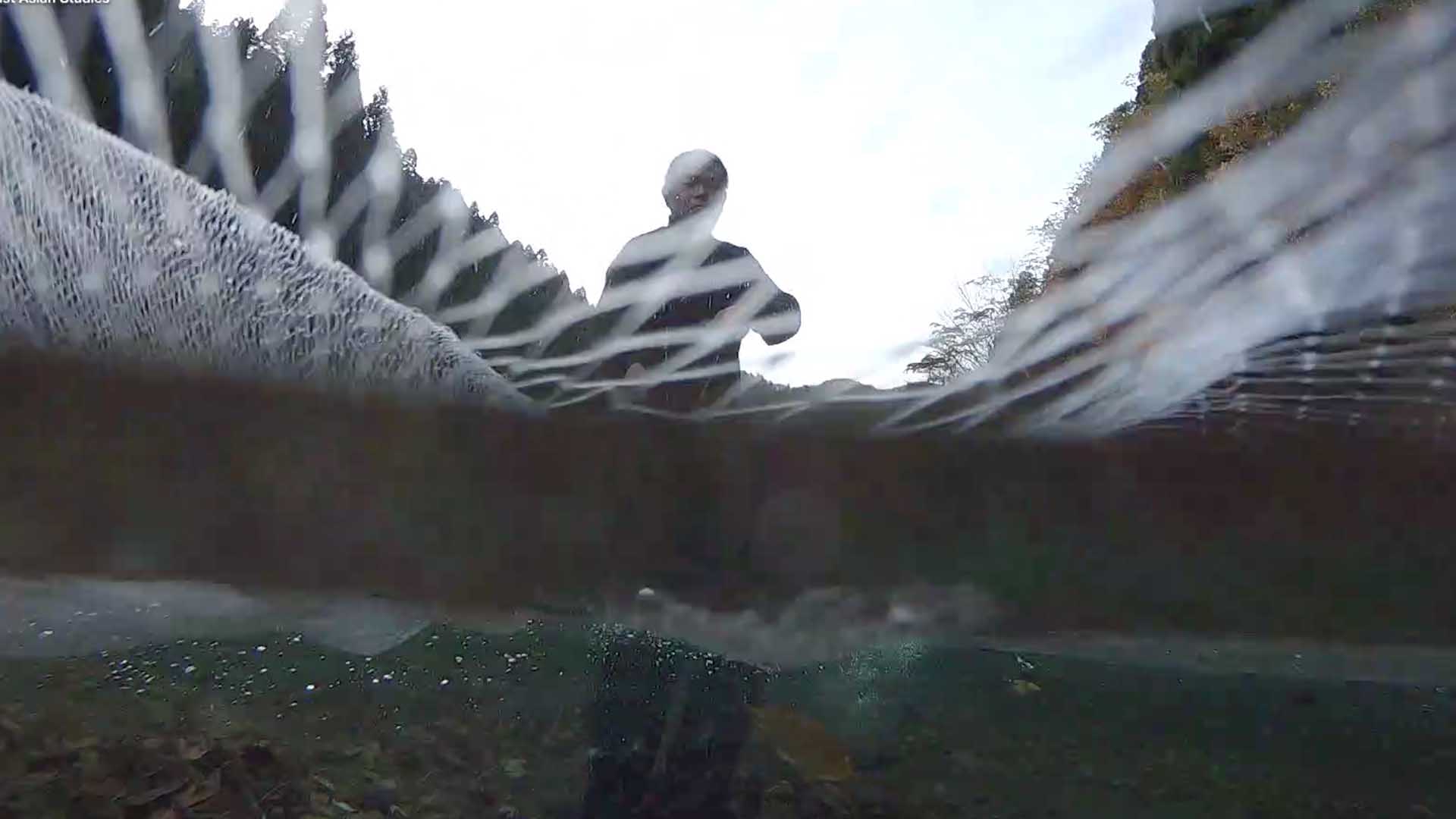We have subtitles in multiple languages (Thai, Indonesia, Filipino, Vietnam)
Play YouTube, select subtitles from settings (gear icon)
When talking about global environment issues, we often hear such phrases as “diverse organisms live in nature with links to each other” and “the loss of balance in the natural world creates trouble for humans.” What are these “links” and the “balance” in the natural world? Community ecology, or ecosystem ecology, which I study, attempts to explain these terms as objectively as possible, ideally to a level that can be expressed through mathematical formulas.
Within community ecology and ecosystem ecology, there are various approaches to understanding the natural world, including direct observations, mathematical modeling, genetic analysis, and earth observations by satellites. Among these, my main research method is direct observation. By directly observing organisms and their river habitats, and collecting and analyzing samples, I clarify the links between organisms, such as prey–predator interactions, and examine what kind of environmental changes affect the increases or decreases in the number of certain species.
I have been observing river fish and their habitats in the Ashiu Research Forest of Kyoto University for more than 10 years, since I was a graduate student. There, forest floor degradation by deer overabundance has become a problem during the last few decades, which has in turn also impacted river ecosystems. Increased sediment inputs from the denuded slopes of the forest are deposited in the river upstream. During a period of several years, fine sediment accumulates in the riverbed downstream, the site of my research. I found that in response to these cascading changes in the environment, a fish species that prefers gravel bottoms decreased and those that prefer sandy areas increased. Changes in the forest and surrounding environments due to deer overabundance are now a problem worldwide. The above research results are published as an important case study to demonstrate how the impacts of overgrazing by a large terrestrial herbivore extend to river fish via the links between forests and rivers and between upstream and downstream ecosystems.
I have recently begun research in tropical rivers on the island of Sumatra, Indonesia. Floodplain forests (forests that submerge into the river during the rainy season) are important habitats for fish to breed and feed, and they are a common feature of rivers in Sumatra. However, floodplain forests are now disappearing due to rapid development, and there are concerns about this impact on fish, which is an important food source in Southeast Asian countries. I therefore plan to research these issues from the important perspective of forest–river linkages, using the method of direct observation that I have carefully developed during the past ten years.

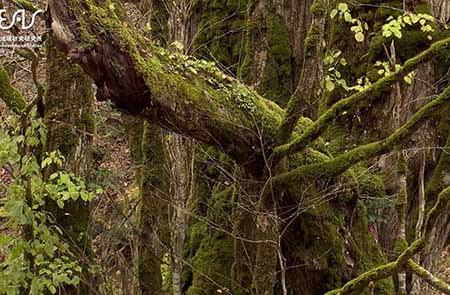
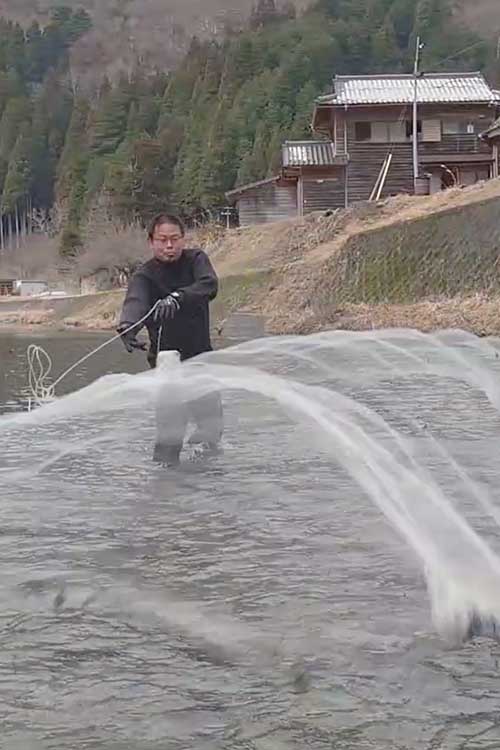
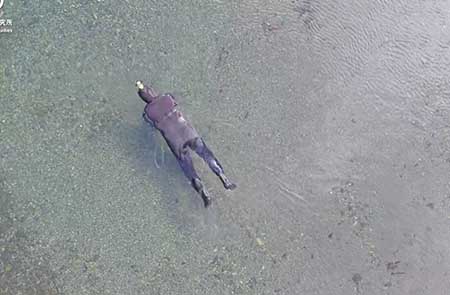
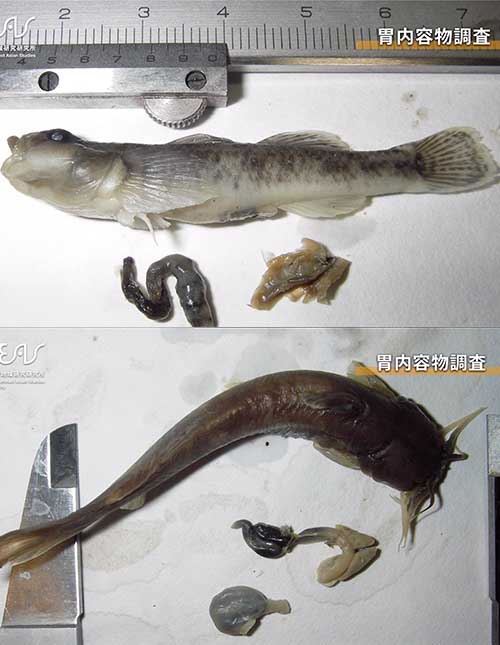
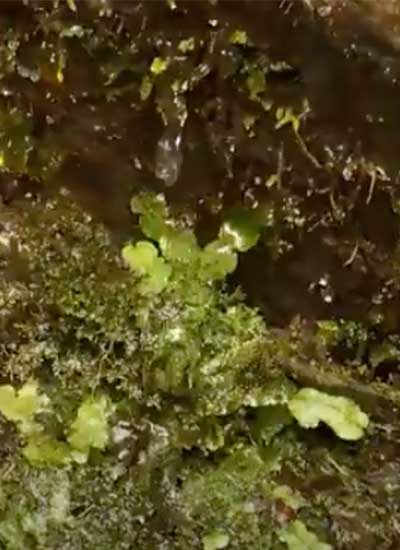
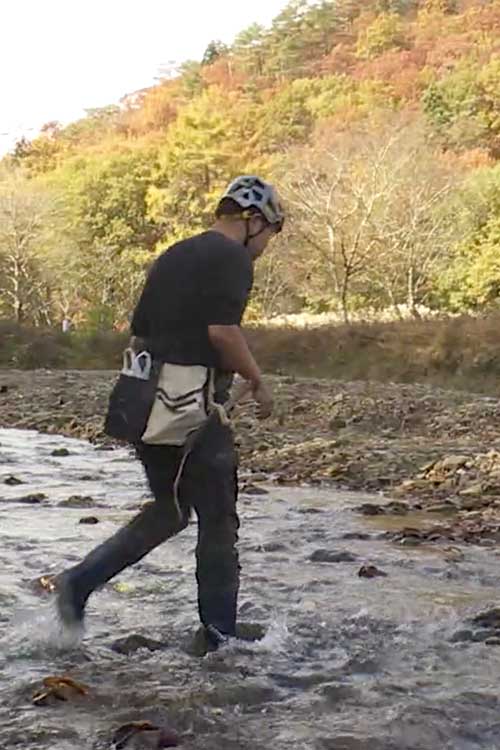
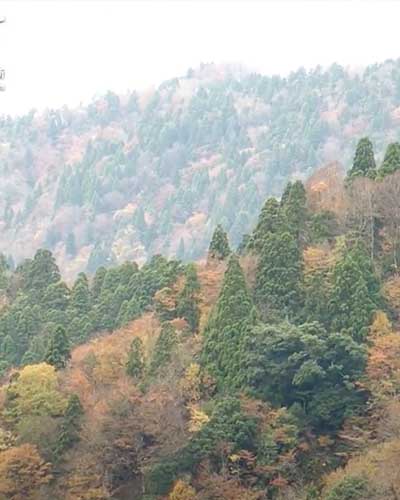
Introduction Of Literature For Those Who Wish To Learn More
Nakagawa, H. Habitat changes and population dynamics of fishes in a stream with forest floor degradation due to deer overconsumption in its catchment area. Conservation Science and Practice 1, e71, 2019
(https://www.kyoto-u.ac.jp/ja/research-news/2019-06-07-0)

